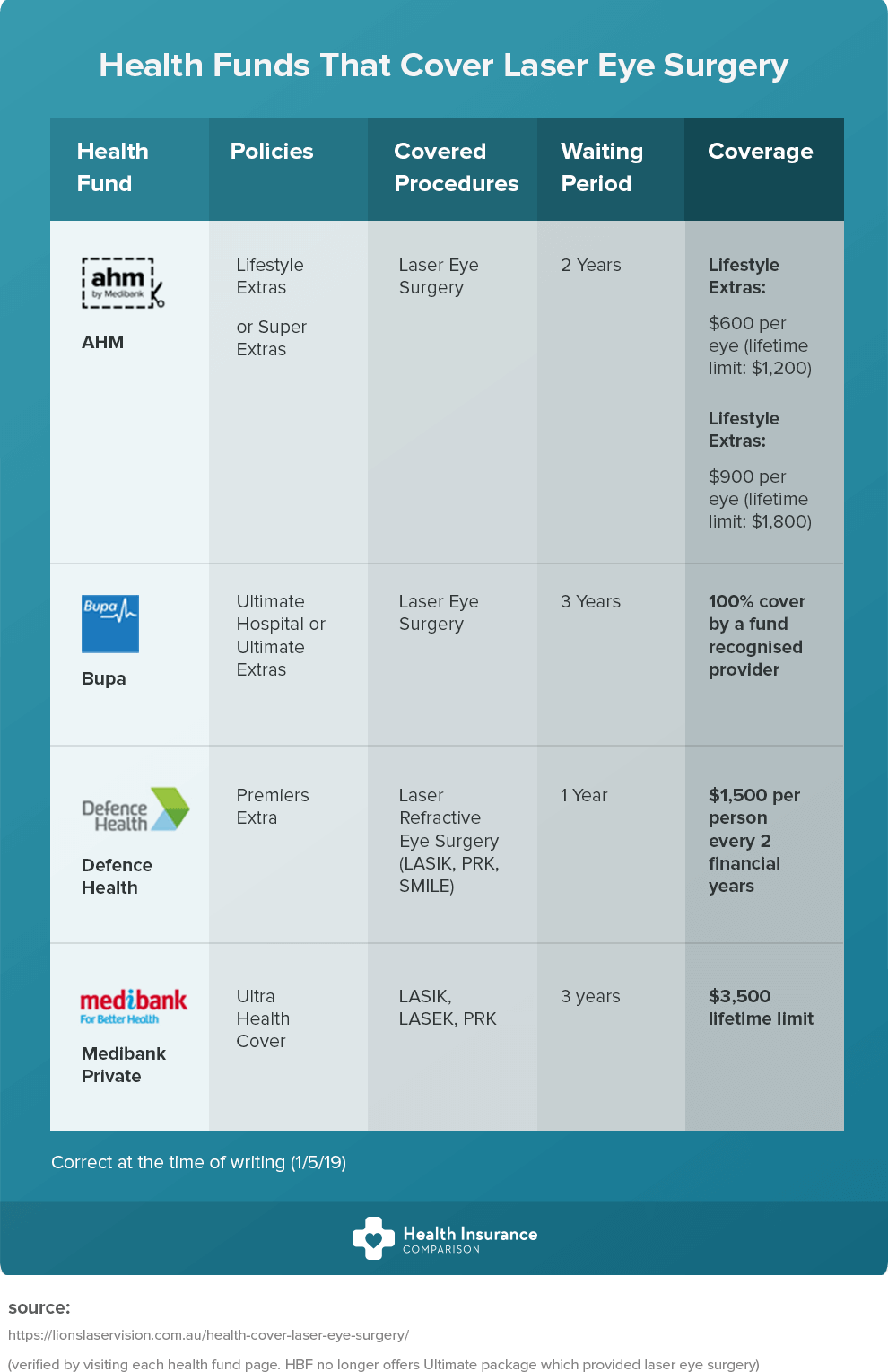Are You Curious About Learning More About The Differences Among SMILE, LASIK, And PRK Eye Surgical Procedures?
Are You Curious About Learning More About The Differences Among SMILE, LASIK, And PRK Eye Surgical Procedures?
Blog Article
Author-Weber Osborne
If you have actually been taking into consideration SMILE eye surgical treatment, you could wonder exactly how it compares to LASIK and PRK. Each procedure has its own set of advantages and factors to consider. From quicker recovery times to prospective threats, there are vital distinctions you need to understand prior to making a decision. Comprehending these distinctions will assist you make an enlightened selection that aligns with your certain demands and expectations. Curious to understand more regarding just how these procedures compare carefully? Go on exploring to gain a comprehensive understanding of SMILE, LASIK, and PRK.
SMILE Eye Surgery Overview
If you're thinking about SMILE eye surgical procedure, you'll discover it to be a minimally intrusive procedure with a fast recovery time. During SMILE (Tiny Laceration Lenticule Removal), a laser is made use of to produce a small, accurate incision in the cornea to get rid of a little piece of cells, reshaping it to remedy your vision. This differs from LASIK, where a flap is developed, and PRK, where the external layer of the cornea is completely removed.
One of the vital advantages of SMILE is its minimally invasive nature, leading to a faster recovery procedure and much less pain post-surgery. The recuperation time for SMILE is reasonably quick, with many individuals experiencing improved vision within a day or two. This makes it a popular option for those looking for a convenient and efficient vision correction procedure. In addition, SMILE has been revealed to have a reduced threat of dry eye syndrome compared to LASIK, making it a positive choice for people worried about this potential side effect.
Distinctions Between SMILE, LASIK, and PRK
When comparing SMILE, LASIK, and PRK eye surgical procedures, it is essential to understand the distinctive techniques used in each procedure for vision improvement.
SMILE (Little Cut Lenticule Extraction) is a minimally invasive procedure that involves creating a little laceration to remove a lenticule from the cornea, reshaping it to remedy vision.
LASIK (Laser-Assisted In Situ Keratomileusis) entails developing a thin flap on the cornea, making use of a laser to reshape the underlying tissue, and after that repositioning the flap.
PRK (Photorefractive Keratectomy) gets rid of the external layer of the cornea before reshaping the tissue with a laser.
The main distinction lies in the means the cornea is accessed and treated. SMILE is flapless, making it a good option for people with thin corneas or those involved in call sports. LASIK provides rapid aesthetic recuperation because of the flap production, however it might position a higher risk of flap-related complications. PRK, although having a much longer healing duration, avoids flap-related concerns completely.
Understanding these differences is critical in choosing one of the most ideal procedure for your vision improvement demands.
Benefits And Drawbacks Contrast
To review the benefits and downsides of SMILE, LASIK, and PRK eye surgical procedures, it's important to think about the details advantages and potential limitations of each treatment. SMILE surgical treatment provides the advantage of a minimally intrusive treatment, with a smaller incision and potentially quicker recovery time compared to LASIK and PRK. how cataract surgery works reduces the risk of dry eye post-surgery, a common negative effects of LASIK. However, SMILE may have limitations in treating higher degrees of myopia or astigmatism compared to LASIK.
8 tips after cataract surgery provides quick visual healing and marginal pain during the treatment. It's extremely effective in dealing with a wide range of refractive mistakes, consisting of nearsightedness, hyperopia, and astigmatism. Yet, LASIK carries a risk of flap problems, which can affect the corneal structure.
PRK eye surgical procedure, while not as preferred as LASIK, avoids creating a corneal flap, lowering the threat of flap-related problems. It's suitable for people with slim corneas or irregular corneal surface areas. Nonetheless, PRK has a longer healing time and may include more discomfort during the recovery procedure.
Conclusion
So, when it involves picking between SMILE, LASIK, and PRK, think about it like selecting the perfect set of footwear. SMILE resembles a smooth, comfortable pair of sneakers - quick and very easy.
LASIK is much more like trendy high heels - fancy and fast, however with some possible risks.
PRK is like durable hiking boots - trustworthy and long lasting, but requiring a little bit even more time and effort.
Ultimately, the most effective option depends upon your private demands and preferences.
